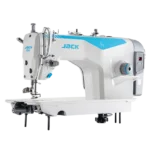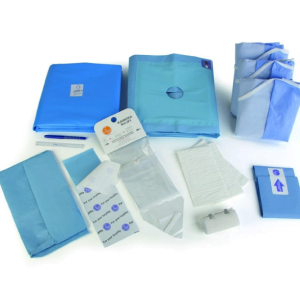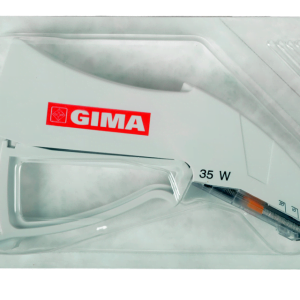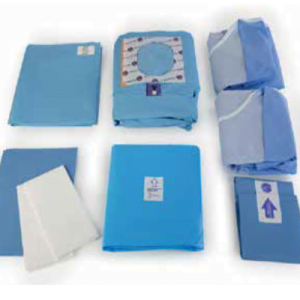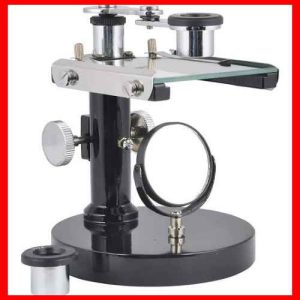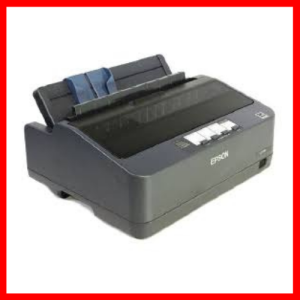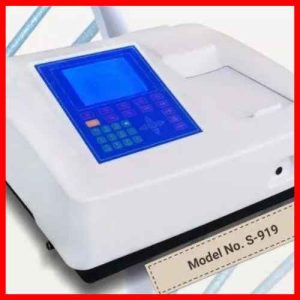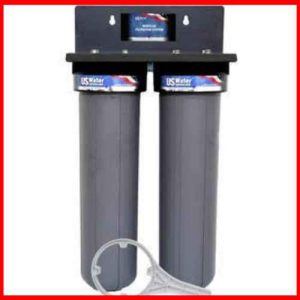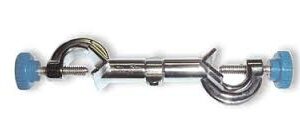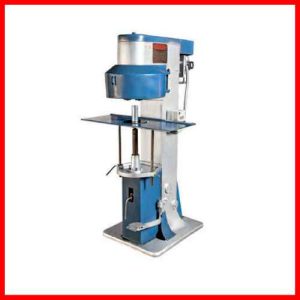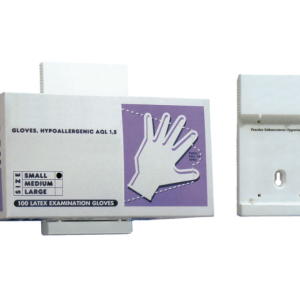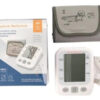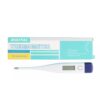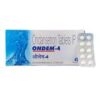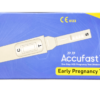-
D WIK SUGAR FREE STRIP OF 4 CHEWABLE TABLETS ₦2,165.75 QTY: 1
-
CLODREL FORTE TAB 15`S ₦1,865.50 QTY: 3
-
Wave Balance BP Monitor (ARM CUFF) ₦110.00 QTY: 1
-
BRAIN DHA PLUS 15ML DROPS ₦2,887.50 QTY: 1
-
Digital Thermometer With Automatic Alarm ₦4,859.26 QTY: 1
-
Lancaster Bronzing Bundle ₦52,455.70 QTY: 1
-
ROSU HDL 40MG TABLETS 10?S ₦14,045.75 QTY: 1
-
Daily Women?s Health Formula 100 Tablets ₦999.00 QTY: 1
-
ABEL CT 40MG/12.5MG TAB 10`S ₦3,211.50 QTY: 1
-
Neurogesic Ointment ? Methyl Salicylate Ointment, 35g ₦1,200.00 QTY: 1
-
Zimagel 20bust 84g ₦29,507.00 QTY: 1
-
ONDEM 4MG TABLET ₦1,056.75 QTY: 1
-
BIMADOC 3ML EYE DROPS ₦8,229.50 QTY: 1
-
For-A Early Pregnancy Test 1 Pc Pnc200 ₦17,080.00 QTY: 1
Customer matched zone "Lagos Delivery Options"
Sort by:
161–176 of 572 Results
-
Disposable Isolation Gown with Knitted CuffSku: 2619
Disposable Isolation Gown with Knitted Cuff
₦28,000.00 -
Disposable Nylon Apron A pack of 100pcsSku: #ME01641214
Disposable Nylon Apron (A pack of 100pcs)
₦9,500.00 -
Disposable Sterile Arthroscopy Pack With PouchSku: 2616
Disposable Sterile Arthroscopy Pack With Pouch
₦32,500.00 -
Disposable sterile reinforced surgical gownSku: 2618
Disposable sterile reinforced surgical gown
₦3,500.00 -
DISPOSABLE STERILE SKIN STAPLER SHIPPED FROM ABROADSku: #GI03062763
DISPOSABLE STERILE SKIN STAPLER (SHIPPED FROM ABROAD)
₦87,750.00 -
-
SaleA dissecting microscope, also known as a stereo microscope, is a specialized type of microscope used for the examination and dissection of larger specimens. Unlike traditional compound microscopes, which use a single lens to magnify the specimen, dissecting microscopes use two separate lenses to create a three-dimensional image of the specimen. Dissecting microscopes are commonly used in a variety of scientific and medical applications, such as in biology labs, veterinary clinics, and forensics investigations. They are particularly useful for working with larger specimens, such as insects, plants, and small animals, and for conducting dissections and surgeries. The two separate lenses of a dissecting microscope provide a stereoscopic view of the specimen, which allows for greater depth perception and more accurate manipulation and dissection of the specimen. Dissecting microscopes also have a longer working distance than compound microscopes, which makes it easier to work with larger specimens and to manipulate them using specialized tools such as dissecting needles. Dissecting microscopes may also include additional features, such as adjustable magnification, illumination, and image capture capabilities. Some models may also be equipped with a camera attachment or a digital camera, which allows for the capture and analysis of images and video. Proper use and maintenance of a dissecting microscope are essential to ensure accurate and reliable results, as well as to prevent damage to the instrument. The microscope should be cleaned and sterilized between uses to prevent the spread of infection or disease. Regular calibration and alignment of the lenses are also important to maintain optimal performance and accuracy.
Dissecting Microscope
₦135,000.00Original price was: ₦135,000.00.₦130,000.00Current price is: ₦130,000.00.₦135,000.00Original price was: ₦135,000.00.₦130,000.00Current price is: ₦130,000.00. Add to basket Quick View -
SaleDistillation apparatus is used to separate and purify liquids based on differences in their boiling points. All-glass distillation apparatus is commonly used in laboratory settings due to their chemical resistance and inertness. Here are some of the uses of all-glass distillation apparatus:
- Purification of Solvents: All-glass distillation apparatus is commonly used to purify solvents, such as ethanol or methanol, for laboratory use. The impurities in the solvent are separated based on their boiling points, leaving behind a purified solvent.
- Separation of Mixtures: All-glass distillation apparatus can be used to separate a mixture of two or more liquids with different boiling points. The mixture is heated, and the vapor is condensed and collected in a separate flask, resulting in the separation of the different components.
- Essential Oil Extraction: All-glass distillation apparatus is commonly used in the extraction of essential oils from plant materials. The plant material is placed in a flask with water, and the mixture is heated. The essential oil vaporizes and is condensed in a separate flask, resulting in the extraction of the essential oil.
- Petroleum Testing: All-glass distillation apparatus can be used to determine the boiling range of petroleum products, such as gasoline or diesel. The distillation apparatus is used to heat the sample and collect the different fractions based on their boiling points, which are then analyzed to determine the properties of the petroleum product.
Distillation Apparatus All Glass
₦150,000.00Original price was: ₦150,000.00.₦120,000.00Current price is: ₦120,000.00.₦150,000.00Original price was: ₦150,000.00.₦120,000.00Current price is: ₦120,000.00. Add to basket Quick View -
-
Doctor Coat Disposable SHIPPED FROM ABROADSku: #ME01641008
Doctor Coat Disposable (SHIPPED FROM ABROAD)
₦6,300.00 -
SaleA dot matrix printer is a type of impact printer that produces printed output by striking a series of pins against an ink ribbon to create dot-shaped impressions on paper. It is a type of printer that was widely used in the 1980s and 1990s, and is still used today in some industrial and specialized applications. Here are some of the key features and components of a dot matrix printer:
- Print Head: The print head is the main component of the printer and contains a matrix of pins that strike an ink ribbon to create a dot matrix pattern on paper. The print head can have a range of pin configurations, such as 9-pin, 18-pin, or 24-pin, which determines the quality and resolution of the printed output.
- Ink Ribbon: The ink ribbon is a spool of inked fabric that is positioned between the print head and the paper. When the print head strikes the ribbon, the ink is transferred onto the paper to create the printed output.
- Paper Feed: The paper feed is a mechanism that moves the paper through the printer, allowing it to be printed on. The paper can be fed manually or automatically, depending on the printer model.
- Control Panel: The control panel is a set of buttons or switches that are used to control the printer's functions, such as power on/off, paper feed, and print mode.
- Connectivity: Dot matrix printers can be connected to a computer or other device through a range of interfaces, such as parallel, serial, USB, or Ethernet. Some printers also have wireless connectivity options.
Dot Matrix Printer
₦100,000.00Original price was: ₦100,000.00.₦95,000.00Current price is: ₦95,000.00.₦100,000.00Original price was: ₦100,000.00.₦95,000.00Current price is: ₦95,000.00. Add to basket Quick View -
SaleA double beam UV spectrometer is a type of analytical instrument used in chemistry, biochemistry, and material science for measuring the absorption or transmission of light in the ultraviolet (UV) region of the electromagnetic spectrum. It consists of two separate light beams, one for the sample and one for the reference, which are compared to obtain accurate measurements of the sample. Here are some of the key features and components of a double beam UV spectrometer:
- Light Source: The light source is typically a deuterium or tungsten-halogen lamp that emits light in the UV and visible regions of the spectrum. The light is focused and directed onto the sample and reference cells by a set of mirrors and lenses.
- Sample Compartment: The sample compartment contains the sample cell, which is typically a quartz or glass cell with a path length of 1 cm. The sample cell is positioned in the path of the sample beam, which passes through the sample and interacts with its molecules.
- Reference Compartment: The reference compartment contains the reference cell, which is identical to the sample cell but is filled with a solvent or buffer solution that does not absorb in the UV region. The reference cell is positioned in the path of the reference beam, which passes through the reference solution and provides a baseline for comparison.
- Detector: The detector is typically a photodiode or photomultiplier tube that detects the intensity of the light that has passed through the sample and reference cells. The detector converts the light signal into an electrical signal, which is then processed by the instrument's electronics to obtain a spectrum.
- Control Software: The control software allows the user to control the instrument, set the parameters of the measurement, and analyze the data obtained from the detector.
Double Beam UV Spectrometer
₦900,000.00Original price was: ₦900,000.00.₦750,000.00Current price is: ₦750,000.00.₦900,000.00Original price was: ₦900,000.00.₦750,000.00Current price is: ₦750,000.00. Add to basket Quick View -
SaleDouble distillation with deionizer is a process used to purify water by removing impurities and minerals. It involves two rounds of distillation, followed by passing the distilled water through a deionizer to remove any remaining ions. Here are the steps involved in the process:
- First Distillation: The water is heated in a distillation apparatus, causing it to evaporate and form steam. The steam is then collected and condensed back into liquid form, which is the first distilled water.
- Second Distillation: The first distilled water is then heated again in a second distillation apparatus to further remove any impurities and minerals. The resulting steam is collected and condensed back into liquid form, which is the second distilled water.
- Deionization: The second distilled water is then passed through a deionizer, which contains ion exchange resins that attract and remove any remaining ions in the water, such as sodium, calcium, and magnesium. The resulting water is deionized water, which is highly purified and has a very low level of impurities and minerals.
Double Distillation with Deionizer
₦165,000.00Original price was: ₦165,000.00.₦155,000.00Current price is: ₦155,000.00.₦165,000.00Original price was: ₦165,000.00.₦155,000.00Current price is: ₦155,000.00. Add to basket Quick View -
-
SaleA double seamer is a machine used in the food and beverage industry to seal the lids onto cans. The machine is typically used in the production of canned goods, such as soups, vegetables, and fruits, as well as carbonated and non-carbonated beverages. Here are some of the key features and components of a double seamer:
- Seaming Head: The seaming head is the main component of the double seamer and is responsible for forming the seal between the can lid and the can body. The seaming head typically consists of two rollers that work together to form the seal.
- Can Holders: Can holders are used to hold the can in place during the seaming process. The can holders are designed to grip the can firmly to prevent it from moving during the seaming process.
- Lid Feeder: The lid feeder is used to feed the lids into the seaming head. The lid feeder typically consists of a hopper that holds the lids and a mechanism that feeds the lids into the seaming head.
- Seaming Chuck: The seaming chuck is used to hold the can lid in place during the seaming process. The seaming chuck is designed to hold the lid securely in place to ensure that it is properly sealed.
- Can Conveyor: The can conveyor is used to transport the cans through the seaming process. The conveyor typically consists of a series of belts or rollers that move the cans through the machine.
Double Seamer
₦900,000.00Original price was: ₦900,000.00.₦800,000.00Current price is: ₦800,000.00.₦900,000.00Original price was: ₦900,000.00.₦800,000.00Current price is: ₦800,000.00. Add to basket Quick View -
DRACULA UNIVERSAL HOLDER (SHIPPED FROM ABROAD)Sku: #GI03062722
DRACULA UNIVERSAL HOLDER (SHIPPED FROM ABROAD)
₦15,300.00




